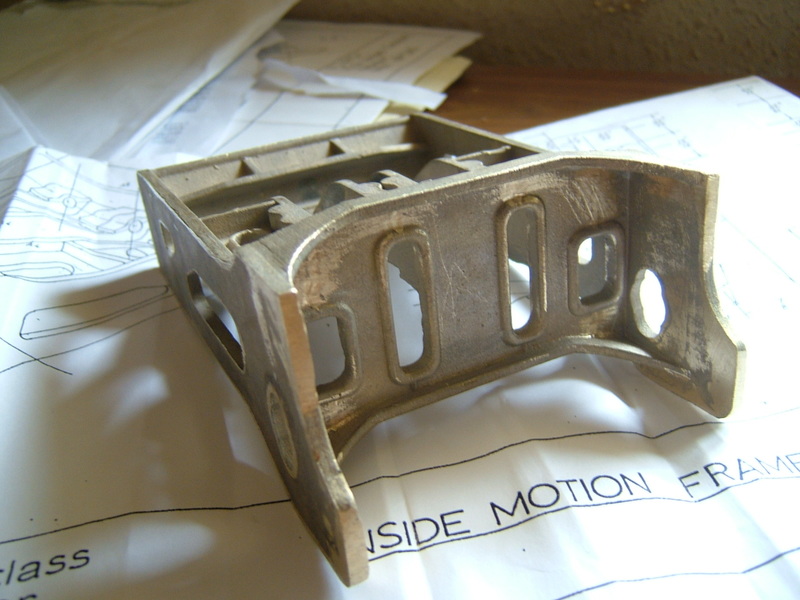A well constructed build Mark , may I suggest that you include a venting facility.
My own burn-out kiln , although very similar in construction , is much larger and can accomodate 4 flasks which are 6" diameter and 12" high.
A full kiln load equates to about 21 lbs of water , which eventually leaves the kiln as steam so an exit is required.
In addition it is important to have sufficient oxygen enter the mould cavities to complete the burn-out , residual wax or resin cannot burn without oxygen.
I have experienced moulds that showed the existence of wax even after casting.
If I may tell you of one or two discoveries I have since made ;
My kiln was built in the days when programmable controllers were financially out of my reach .
I wrote a programme for an Apple II which I had lying about , this simple program switched solid state relays on/off according to input from a thermocouple .
The kiln had an inner box core about an inch thick with grooves in the side walls for the heating elements , which totalled 5 Kwatts.
The inner box was encased in a 4" thick layer of ceramic fibre blanket ( rescued from a dumpster at a local tile manufacturer ).
Again because I was setting up a business with restricted finances I saved money by using a piece of 9" dia steel pipe 18" long as a flask .
I had several 14 hour long un-eventful firings , normally overnight.
Then finally disaster , an overnight power cut swiched the computer off, when the power came back on everything fired back up.
When writing the programme I included a line of code which requested an input for the final casting temperature , the programme would wait for this input , but the output to the kiln would be high , elements switched on but no control !
Anyway to cut a boring story the kiln fired to an unknown temperature causing a chemical reaction between the investment cement and the steel pipe.
When we managed to open the door after 24 hours cooling the pipe and contents had disappeared leaving a pile of slag burned into the kiln floor.
One side of the kiln had a hole burned though an inch of high temperature refractory cement , only the ceramic blanket , acting as a barrier , prevented the reaction melting through the steel outer casing and possibly setting fire to the building.
Needless to say the rebuild incoporated safeguards to prevent such an occurence and eventually I was able to buy a proper controller and nimonic investment flasks , I also changed the heating elements to encased ones which , although limiting the temperature to about 850°C , is more than enough for a wax burn-out.
My castings range from hundreds of tiny ones
to single large pieces
Dan.



















![DreamPlan Home Design and Landscaping Software Free for Windows [PC Download]](https://m.media-amazon.com/images/I/51kvZH2dVLL._SL500_.jpg)















































